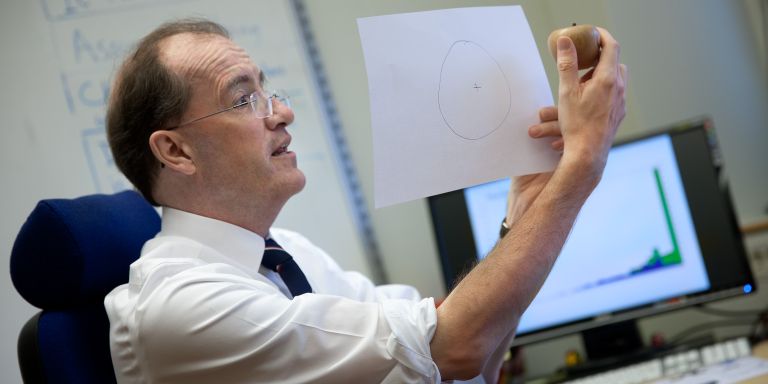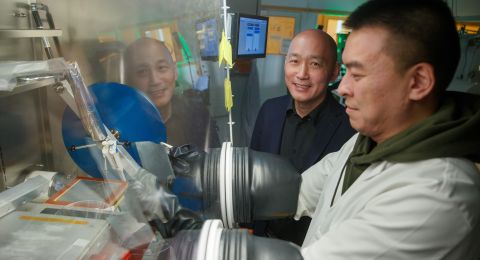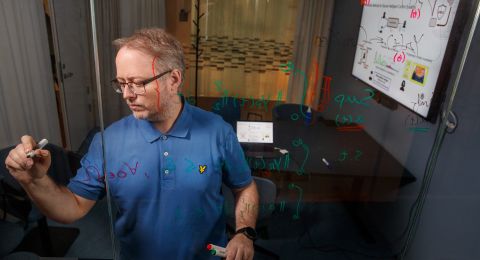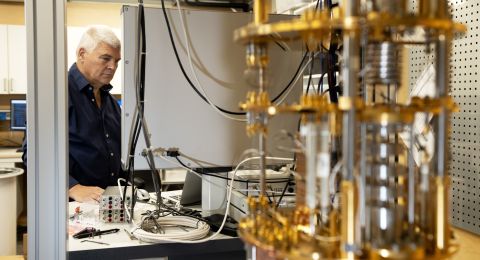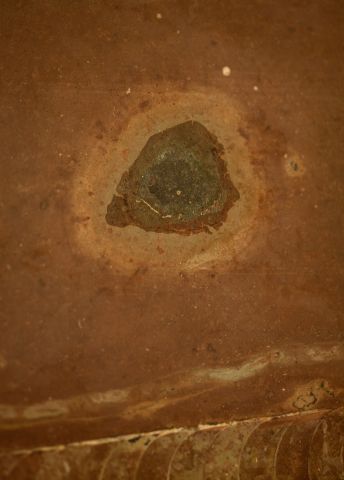
Project Grant 2014
IMPACT: Comets, asteroids and the habitability of planets
Principal investigator:
Melvyn Davies, Professor of Astronomy
Co-investigators:
Anders Johansen
Birger Schmitz
Institution:
Lund University
Grant in SEK:
SEK 22.6 million over five years
65 million years ago Earth was struck by the gigantic meteorite that put an end to dinosaurs. It is by no means the only time the planet has found itself on a collision course with bodies from the cosmos.
“Things have struck Earth from time to time. In most cases the impact has not been sufficient to wipe out an entire species, but impacts as powerful as an atom bomb occur perhaps once every thousand years,” says Melvyn Davies.
Melvyn is a professor of astronomy, and is coordinating the Impact Project. With the help of funding from Knut and Alice Wallenberg Foundation the researchers will be studying cosmic events that have impacted life on Earth. They will also be comparing Earth with planets in other solar systems, and studying the extent to which collisions in space impact the habitability of a planet.
Meteorite fragments on the sea bed
Astronomers and geologists are working together in this interdisciplinary project. Around the world Birger Schmitz, a professor of geology, and his team are collecting limestone samples from sea beds. The samples are dissolved in an acid bath at a special laboratory in Lund. This leaves metal fragments the size of grains of sand: the remains of meteorites that struck Earth many millions of years ago.
“Meteorite fragments tell us when major impacts occurred. We can compare this with major evolutionary changes when many species died out, and see if they coincide,” Melvyn says.
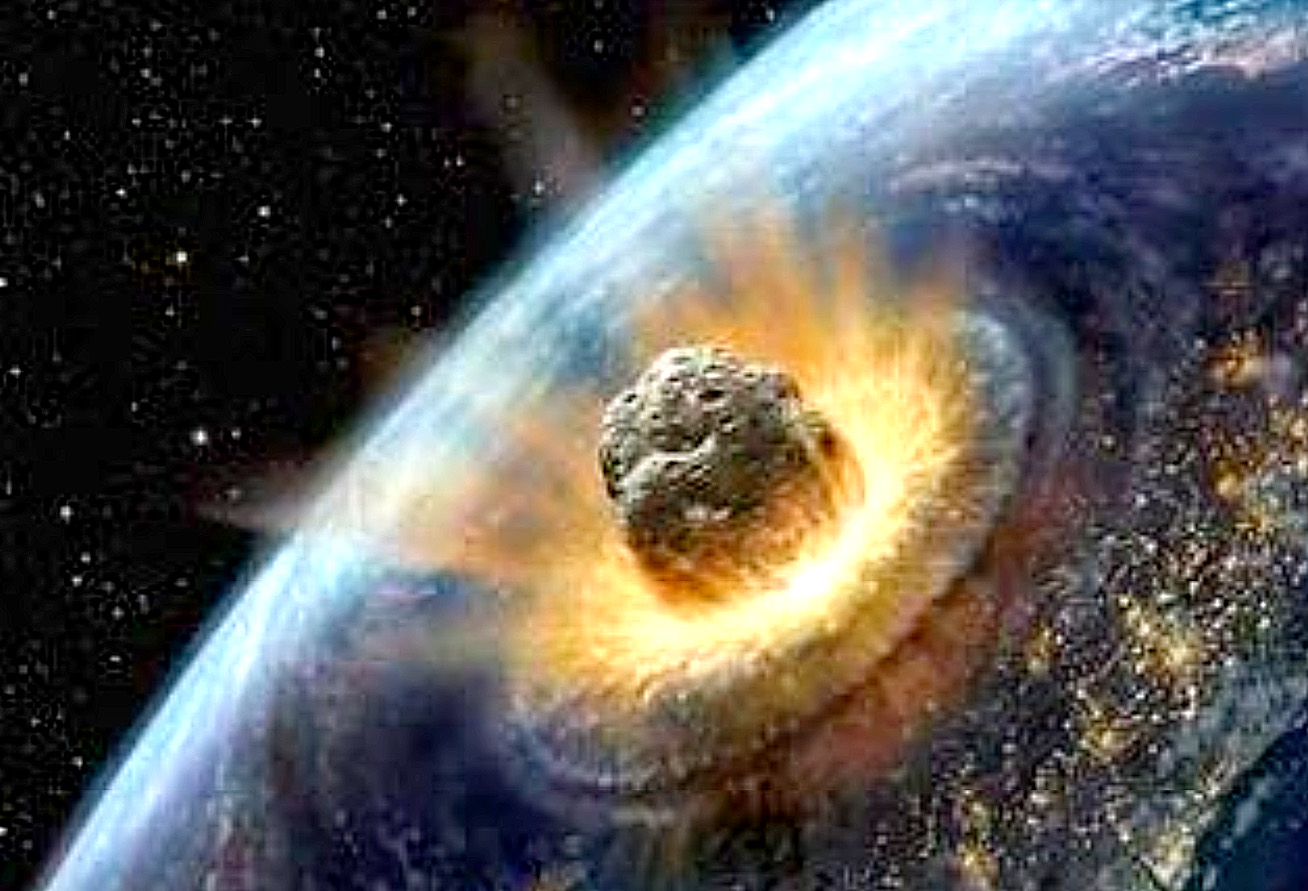
Meteorite falls may have created huge clouds that obscured the sun for long periods, lowering the temperature, and cause vegetation to wither and die. Or it might have been the other way around: the impacts triggered chemical processes that increased the greenhouse effect, causing droughts.
But evolutionary changes do not always match meteorite falls. Here the explanation may lie in other occurrences in outer space. The solar system may have been close to a supernova, for example.
“Supernovae – exploding stars – may affect Earth’s climate in various ways. They produce cosmic radiation, charged particles that move through space at thousands of kilometers a second. The rays can damage the planet’s atmosphere or create thick clouds, blocking off the sunlight. If we know we have experienced a major climate change but cannot find any signs of meteorite falls at the same time, the explanation may instead be a supernova,” Melvyn explains.
Stars – transient visitors in the arms of the galaxy
But supernovae leave no traces in bedrock. The researchers are using other methods, based on the shape of the galaxy. Our galaxy – the Milky Way – consists of a flat disc with spiral arms in which stars are more densely clustered. Melvyn compares this with a traffic jam at the scene of a road accident. As a vehicle approaches the scene it slows down, so congestion occurs immediately before and after the scene. But when the vehicle has driven by it can speed up again and the traffic thins out. The same thing happens with stars. They slow down in the spiral arms and increase their orbital speed when they come out. So both the stars and the spiral arms rotate around the center of the Milky Way, but not at the same speed. Our sun is not constantly in a spiral arm.
It takes a star about 300 million years to orbit the Milky Way. Whereas our sun has a lifespan of over ten billion years, supernovae die after only ten million years or so, in the spiral arm where they were born. This means that if the researchers succeed in working out when our solar system has been in a spiral arm, we will also know when we may have been close to a supernova.
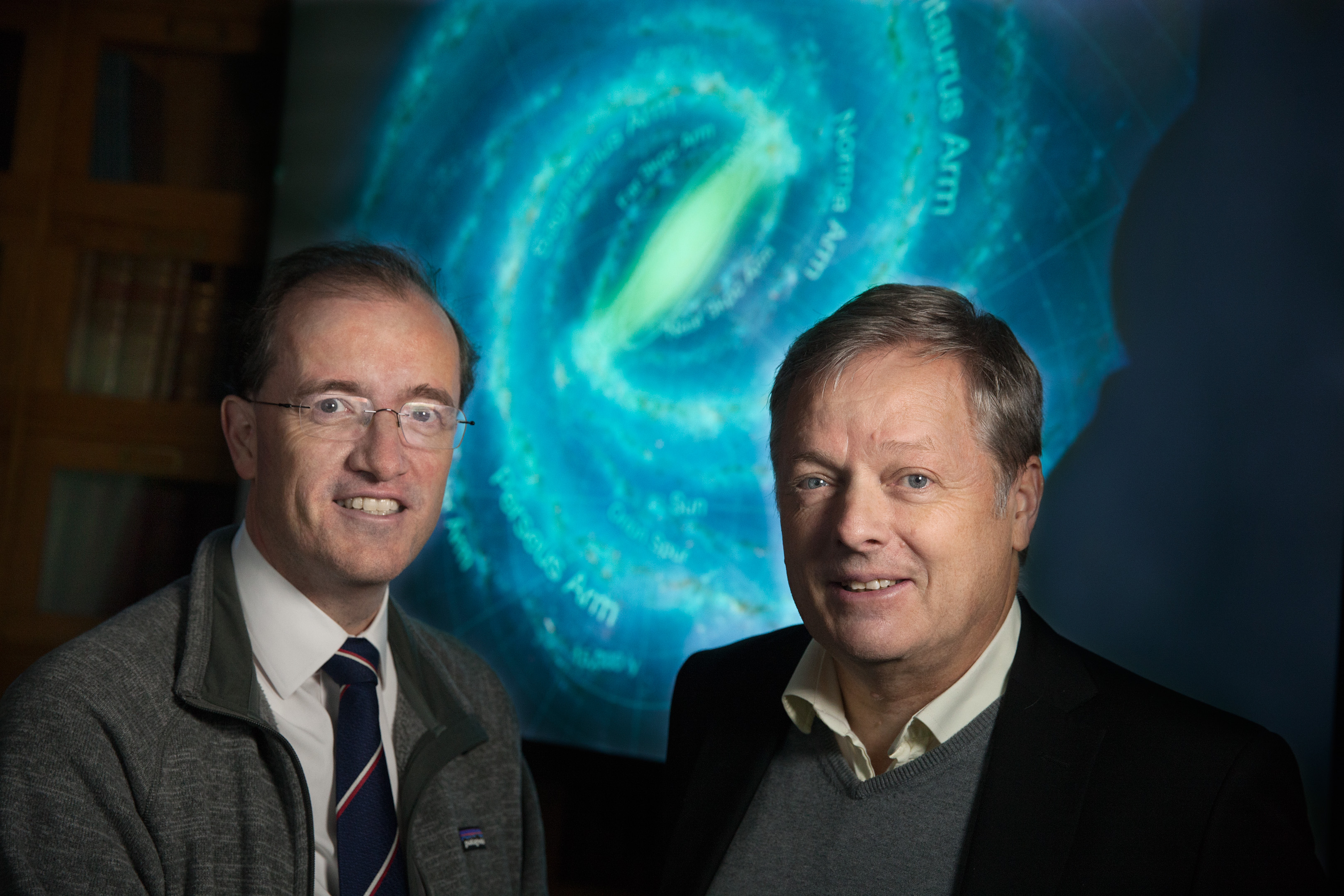
Gaia provides data on the speed of stars
Using data from Gaia, the new European space probe, the researchers in Lund will calculate how fast the sun is moving in the Milky Way. The speed of the spiral arms will also be calculated. By combining these two sets of data it will be possible to work out when the sun has been in an arm.
Data from Gaia is also being used as a basis for a third part of the research project, in which the team is studying planets around other stars. The aim is to find out whether they have experienced similar cosmic events, and how they have been impacted.
“This type of research yields indirect but important gains for society. Space interests many people, and what we are doing may inspire students at school to go on to study engineering and the natural sciences,” Melvyn says.
And space research has always developed technologies and methods that have found other applications.
“For instance, the methods used to create a model of the flow around an airplane wing or in an engine are not much different from the modeling systems we use. You might say that in astronomy we teach people to solve difficult and interesting problems using computers. That knowledge can be used in many fields,” Melvyn adds.
Text Lisa Kirsebom
Translation Maxwell Arding
Photo Magnus Bergström
